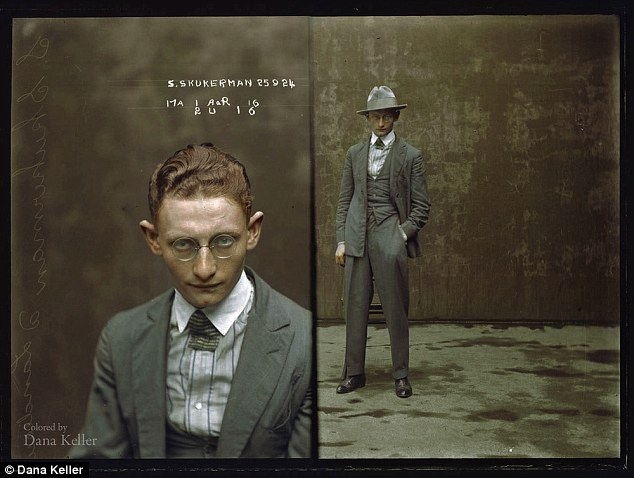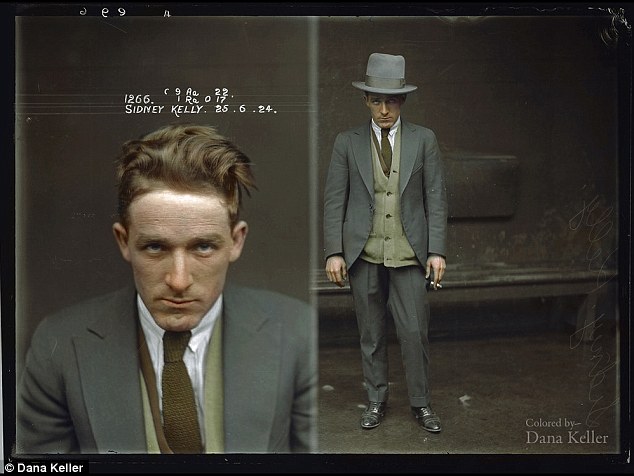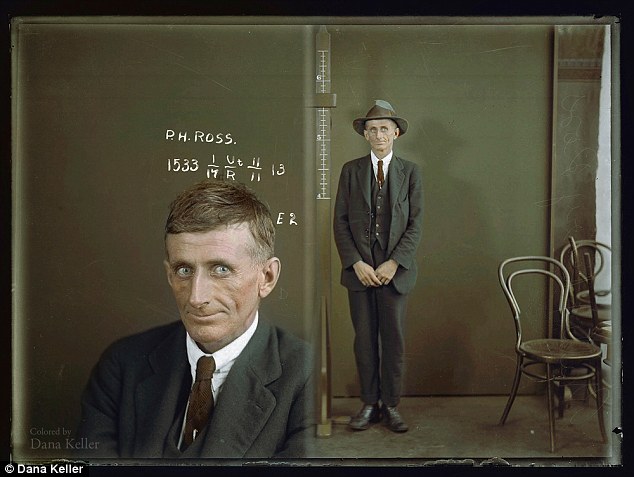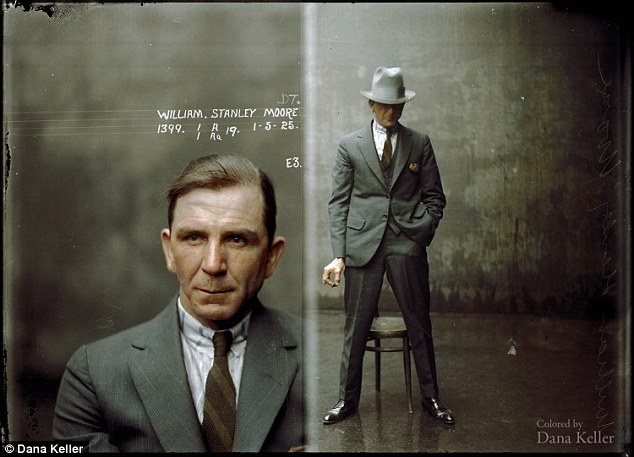When people think of the 1920s, they generally think of the words “gangsters,” “mob,” and “crime”. Some of the most famous American gangsters and infamous criminals include Bonnie and Clyde and Al Capone, for example.
Yet Sydney, Australia had some of its very own infamous people. One of those criminals was Sid Kelly, who was known for making a fortune in illegal gambling houses. He was found dead in his mansion at 48 years old.
Another man was William Stanley Moore, who was an opium dealer and traded drugs when Sydney, Australia was known for opium dens. The rumor at the time was that “white girls” ran off to live with Chinese men they met at those dens.
Philip Henry Ross was a cocaine addict who actually posed as a doctor to trick chemists he visited into giving him the drug. For the longest time, his criminal record was clean.
But he finally gave in to the police and told them he couldn’t live without cocaine and there was no use lying about it anymore. Sydney Skukarman was known for defrauding department stores with fake checks. William Munro was a thief, and Walter Smith was a known burglar.

What do all of these men have in common besides a life of crime? When they were captured or caught in the act, Sydney’s Central Police Station took each of them in to get their mug shots taken.
Mug shots were a popular thing during the 1920s. There are nearly 2,500 photographs taken by the police department from the years 1910 to 1930 that are now property of the Historic Houses Trust.

The six men listed above were chosen by American artist Dana Keller as his subjects for turning their iconic black and white photos into color photos. Keller has gained fame by turning other black and white pictures into color prints, especially his photos of Abraham Lincoln, Albert Einstein, Winston Churchill, and more.
Keller said he became interested in colorizing black and white photos when he looked at a set of black and whites that had been colored. To him they didn’t look realistic at all, merely randomly repainted. That is why he decided to make his look as realistic as possible.
He told a magazine reporter that there is a certain art technique when it comes to colorizing the photos. There are so many colors in the skin, and it’s tricky to get those just right, especially when going off of a black and white photo.
He also likes the idea that colorizing the photos makes the people in them look like they could still be around today. Black and white photos prove we have sort of a cultural barrier, since people these days are used to photos being in color.
The curator in charge of the Sydney criminal mug shots, Peter Doyle, said that the collection depicts people who were on the streets only hours before being brought in to have their photo taken.
There is a kind of wildness about them; if a policeman was to take a photo of an inmate there would be a huge difference. It was as if the newly-arrested criminals were allowed to pose or look however they wanted for the photos.
The first photo Keller decided to work on was Sidney Kelly’s. The chosen picture was taken on June 25, 1924. Kelly was arrested several times in Sydney and Melbourne for the razor slashing of rival gang members.
While the Historic Houses Trusts’ description of Kelly doesn’t seem so bad, he was actually a quite disturbing character . He was known, especially throughout the 1930s, to stand over the people he intended to rob, or those who didn’t pay him back; he had his weapon of choice out, and if people didn’t give him the money, he would slash men and women alike.

Kelly had hung around Melbourne’s worst criminals, such as the psychopath and ladies’ man Leslie ‘Squizzy’ Taylor, and gunman and thief John ‘Snowy’ Cutmore. In 1928 Kelly attacked a prostitute named Betty Carslake by taking a razor to her face while at her house.
The suburb where she lived, Darlinghurst, was dubbed “Razorhurst” due to attacks by the cocaine gangs. Kelly ended up getting away with the Carslake attack due to the fact he had an associate, Gordon Barr, who took the fall for it.
In 1929, Kelly and two other men raped a prostitute named Maisie Wilson in an abandoned house; once again he was never caught for this crime.
After he moved to Melbourne in 1930, police finally caught up Kelly. He lost a fight with a rival, John Penfold, after arguing with Kelly’s girlfriend, Poppy Kirdy. Kelly ended up coming back with several of his own thugs and his brother to slash Penfold’s face. Kelly was given five years in prison for the crime.
Once Kelly was released from prison, he returned to Sydney and set up illegal baccarat dens. The gambling made Kelly his fortune, which he eventually used to pay off other gangsters, and even police, for protection. After earning enough money from the gambling business, he bought a mansion. That mansion is the very one he died in alone after having suffered from a heart attack.
Philip Henry Ross was a 30-year-old railway clerk from Adelaide, Australia. He was known for having a cultured accent, but he arrived in Australia with an awful cocaine addiction.
He committed crimes in four Australian states and told passersby that he was a world hiker. He ended up walking from Sydney to Melbourne.

A newspaper printed in 1931 told, along with other tall tales, how Ross claimed he was in Napier, New Zealand when the town was destroyed by an earthquake. He even told a judge once that he did so much cocaine because he was shell-shocked from World War I.
On September 3, 1924, Ross stood before a judge in Adelaide. He was accused of obtaining cocaine by using several guises to trick chemists to give him the drug.
He used the names like Dr. Stanley from Victoria. During that time, cocaine had been classified as a poison, which is why only doctors could prescribe it. Ross went to two chemists named Harold Victor Moore and Stuart Lidgett Shepherd. All images by History in Colour www.danarkeller.com
Police arrested him two days later. Ross had changed his story; now he had been born in 1894 in Capetown. He made the story up about how he moved to Australia and how World War I played a part in his cocaine addiction. This whole story ended up getting him off the charges.
Police pitied him and he was let go without incident. After the police made the mistake of letting him go, Ross was known as an interstate criminal. He was eventually arrested for vagrancy in Perth and false pretenses in Melbourne and Sydney.

William Stanley Moore was a wharf laborer before he pursued his associations with waterfront thieves. These thieves were the ones that sailed into the Sydney Harbor with opium on board.
Moore ended up making his living as a drug dealer, associating with Chinese Australians who operated opium and gambling dens. This is where the stories developed that the Sydney policemen had to break up the dens and rescue the “white girls.”
In 1920, Moore was arrested and charged with the possession of opium and having in his house in Kensington stolen bottles of ‘salts of morphia.’ He was arrested several times after that, and there were raids done on four of his homes in 1925. Officials ended up finding 37 tins of opium and cocaine. Moore and two other associates, Henry McNamara and Henry Russell, were charged with unlawfully preparing to import. He and the men were sentenced to life in prison.